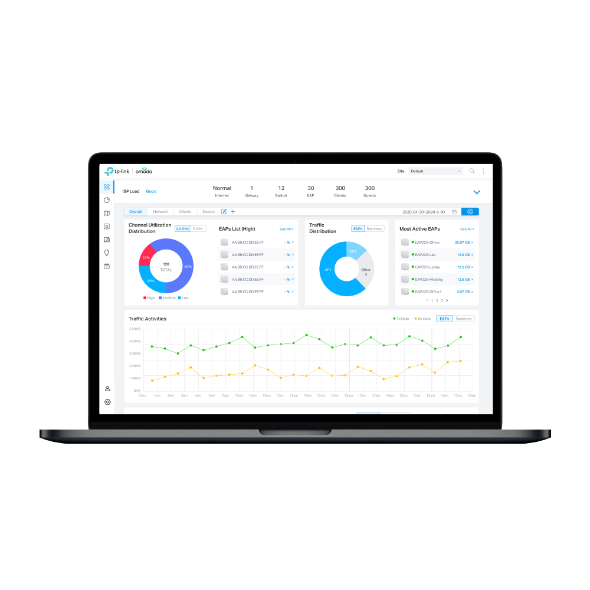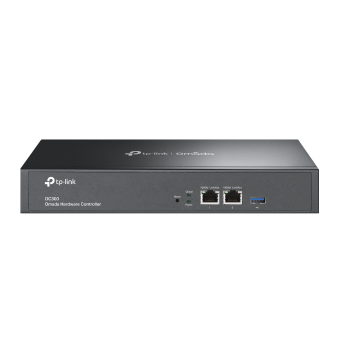How to obtain a backup file from an Omada Hardware/Software/Cloud-Based Controller (V5.8 and above)
An Omada Controller backup contains the configuration settings of all devices, as well as the controller. You can restore the configuration, migrate the Controller, or troubleshoot with our support team etc., using the Controller Backup file.
Here are some methods to obtain the Omada Controller Backup file.
Auto Backup
- For Hardware Controller (OC200/OC300)
You can store backups on a USB Drive or File Server with Auto Backup. The Auto Backup function can be accessed under Global Viewer → Settings → Maintenance → Auto backup)

- For Software Controller
You can set where to store backups using the Local File or File Server options when configuring Auto Backup. These settings can be located under Global Viewer → Settings → Maintenance → Auto backup.

- For Cloud-Based Controller (CBC)
Cloud-Based Controller backups can only be stored on a File Server with Auto Backup. Settings for this option can be found under Global Viewer → Settings → Maintenance → Auto backup

Manual Backup
- For Hardware and Software Controller
When accessing the controller locally using the main administrator account, you can download backups via local file or FTP Server. Settings for this option can be found under Global Viewer → Settings → Maintenance → Backup

If accessing the controller via the cloud with the administrator account, you can only store backups on a File server in your network. These settings can be found under Global Viewer → Settings → Maintenance → Backup.

- For Cloud-Based Controller
You can export backups via the local file or File server options under Global Viewer → Settings → Maintenance → Backup

Export for Support
As a Main Admin, you can export the support files (Running Log + Configuration Data), via both local and cloud access under Global Viewer → Settings → Maintenance → Export for Support
Please note that the Configuration Data exported from the “Export for Support” option can only be used by TP-Link technical support team for diagnostics and troubleshooting; it cannot be used to restore your own Controller.

Site Backup
If you want to create a backup of a single site, this is currently only possible via Site Migration, under Global Viewer → Settings → Migration → Site Migration

One way to duplicate the site configuration is to use the Copy option via the Export Site function under Global View → Dashboard → Site List. This feature can be useful for a Managed Service Provider to create an entry for basic configuration settings and copy/export it to new sites, vastly streamlining deployment.

Is this faq useful?
Your feedback helps improve this site.
TP-Link Community
Still need help? Search for answers, ask questions, and get help from TP-Link experts and other users around the world.










1.0_normal_1592202397383a.png)